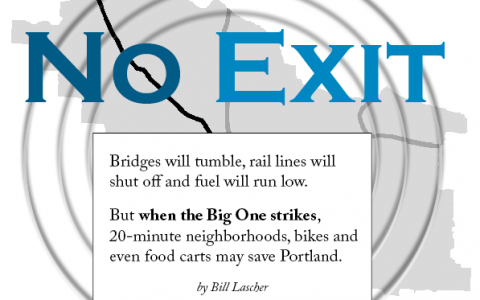Tag: Earthquake
-
Making resilience a Priority in School District
The Oregon Chapter the Association of Civil Engineers was just mentioned in an article on making resilience a priority for school districts. The article from ASCE News, focuses on the efforts of the Beaverton School District to adopt the findings of the Oregon Resilience Plan (ORP) for schools. The ORP’s goals were to ensure that schools…
-
OPB “Unprepared” Documentary
OPB has been doing an incredible integrated radio, TV, and online effort, called “Unprepared”, looking at the vulnerability of the region to a Cascadia subduction zone earthquake and resulting tsunami. The finale will be an airing of the Oregon Field Guide Special Unprepared Documentary. The premier showing will be October 1, 2015 at 6:10 pm. For those wanting…
-
AIA and Resilience
I have been trying to get the architectural community more involved in the preparing for the Cascadia earthquake/tsunami and resiliency. The American Institute of Architects (AIA) was at one time very involved in emergency preparedness and in the 1970’s help come up with the response-relief-mitigation cycle. In recent years, the AIA had lost interest in…
-
Tsunami Interpretative Trail
The City of Newport has a created a tsunami interpretative trail in the South Beach area. Coastal communities have been very creative in Cascadia preparedness and this trail is just one among many efforts. Knowledge about tsunami’s is the key to saving lives and this interpretative trail system should be expanded along the entire Oregon…
-

Sustainability and Resiliency
I often make the point that sustainability and resiliency are intimately linked. Part of being sustainable for Oregon is learning to live in an environment that includes large earthquakes and tsunami’s on a regular basis. We tend to discount the “regular” for subduction zone earthquakes. After all, one hasn’t happened here since Americans and Europeans…
